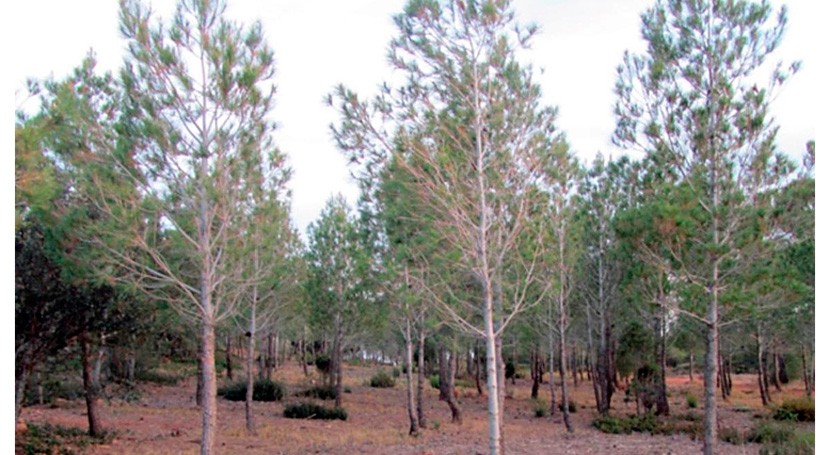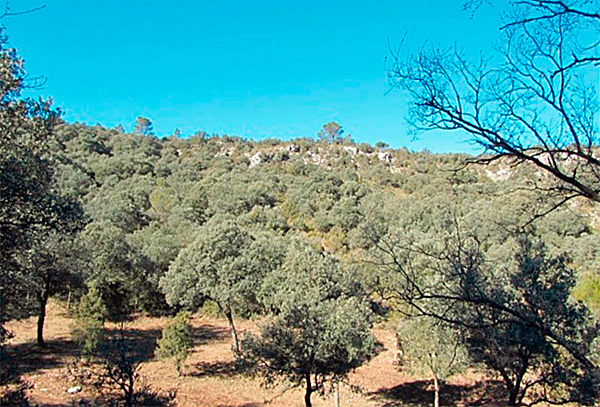Sustainable forest management enhances soil conservation and increases the availability of groundwaters of forests located in semi-arid regions. This is one of the main conclusuions of the article Effectiveness of water-oriented thinning in two semiarid forests: The redistribution of increased net rainfall into soil water, drainage and runoff, authored by IIAMA UPV researchers Antonio Del Campo, María González, Alberto García Prats Inmaculada Bautista, Antonio J. Molina (IDEA-CSIC) and Carlos Juan Ceacero (Universidad Pablo de Olavide), published in the “Forest Ecology and Management” journal. This study is part of the project LIFE RESILIENT FORESTS, one of whose aims is to evaluate the effect of forest management on underground hydrological processes such as soil water recharge, soil moisture, water flows and percolation, in two different types of forests located in the province of Valencia.

“The study is being carried out at two distinct sites characterized by differences in factors such as climate-forest-soil, but with the common features of low biomass production, high density of trees and high competition among the trees for groundwater resources” explains Antonio Del Campo, the lead author of the study. One of the sites is located inside the Parque Natural de la Sierra Calderona (Valencia), it has a predominance of Aleppo pine (Pinus halepensis) and a prelitoral climate, while the second site is located in “La Hunde” (Ayora), a mountain area with a continental climate, where the main vegetation is holm (Quercus ilex).
Main results
The results of the study show that the soil water recharge and water infiltration are affected by the forest management system, with different impacts depending on local-regional variations in the climate and in the type of vegetation. “The soil water recharge and the infiltration of water are highly influenced by the water content already available in the forest soil and this significantly improves with proper forest management, although the local climate and site conditions are also important”, prof. Del Campo states. On the other hand, neither the lateral water fluxes or surface waters were negatively affected by forest management practices (thinning), while both the soil moisture and drainage were enhanced , making the soil less vulnerable to droughts.

Prof. Del Campo suggests that in the present context of increasing water scarcity and a weather characterized by torrential rainfalls followed by long drought periods, forest management should focus on the storage of water in the soil and on soil water recharge, given their key role for the health of both watersheds and ecosystems.
This post is based on the article La gestión forestal ecohidrológica mejora la conservación del suelo en los bosques semiáridos, originally published by Iagua magazine.
